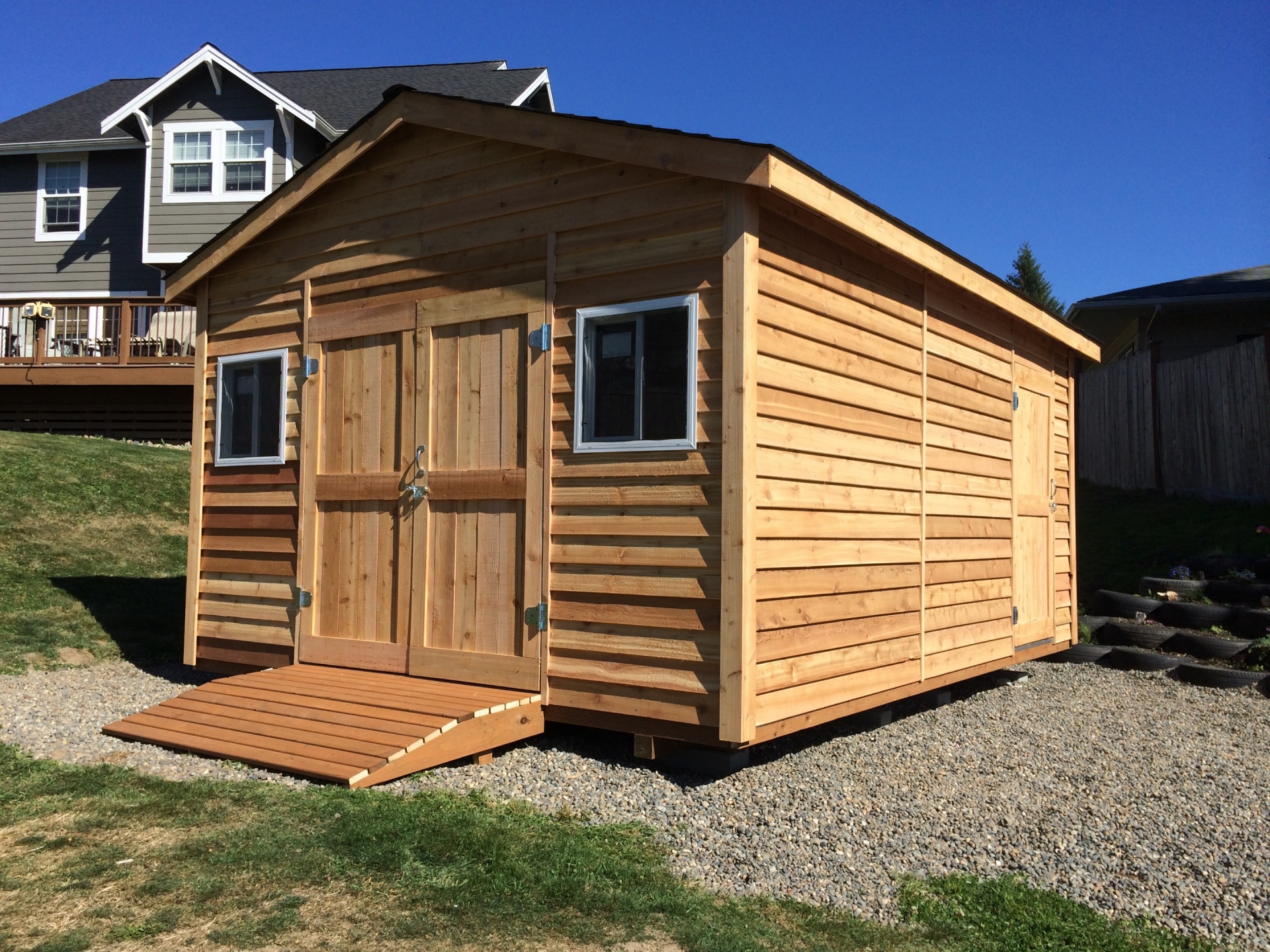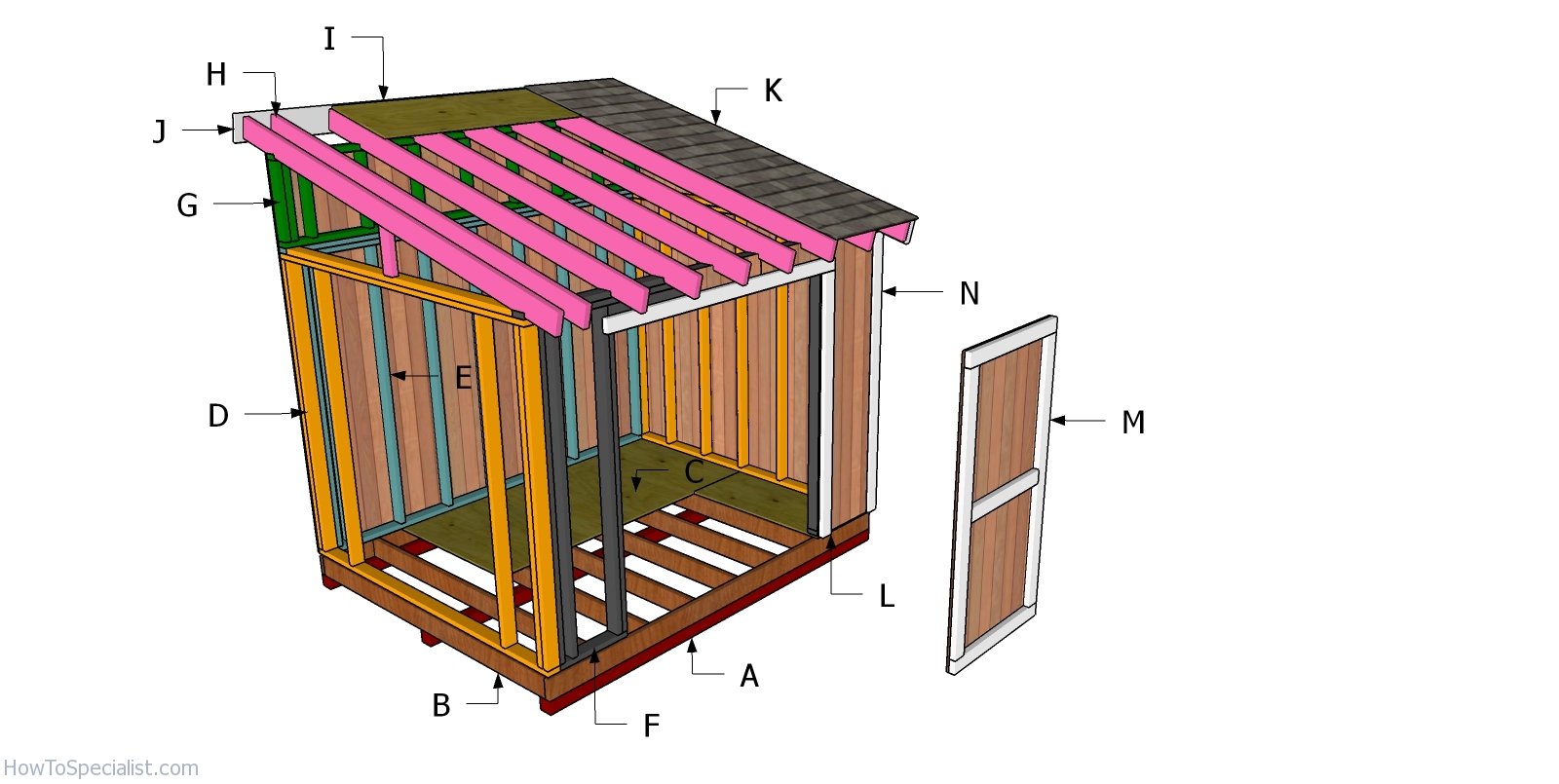Popular Posts
-
will need to check out any time you really need this two or three days gone by 14 x 26 shed plans may be very famous as well as all of us...
-
really need to look at if you happen to wish this post 2 or 3 days before How to keep cats off shed roof can be quite favorite and we bel...
-
really need to look at any time you really need this two or three backwards Qiq fix garden shed review may be very famous and we believe ...
Blog Archive
-
▼
2024
(57)
-
▼
November
(41)
- How to Build a Wood Pallet Shed: An Easy and Affor...
- Transform Your Outdoor Space with a Lean-To Shed T...
- Step-by-Step Instructions for Building a Stylish W...
- Step-by-Step Wood Pallet Shed Build: Turn Old Pall...
- DIY Lean-To Shed: Storage Meets Style in This Simp...
- How to Make a Lean-To Shed DIY: A Low-Cost Outdoor...
- How to Build a Lean-To Shed: A Reliable Shed for Y...
- DIY Guide to Building a Pole Barn with Minimal Waste
- DIY Guide to Building a Pole Barn with Minimal Waste
- How to Make a Pole Barn for Heavy Equipment Storage
- How to Make a Pole Barn with Strong and Reliable S...
- How to Build a Pole Barn with a Simple Gable Roof
- How to build a 12x16 garden shed to fit your backyard
- How to build a lean-to shed for limited yard space
- Diy 8x10 shed construction: building a shed for less
- Low-cost diy pole shed construction: design and bu...
- Cost-efficient diy 10x12 shed plans that are easy ...
- How to build a firewood storage shed with proper a...
- Planning and building a custom 12x16 shed
- Design a 10x12 shed: cheap and easy diy plans
- Simple 8x12 shed plans you can build on a shoestri...
- Practical 10x12 shed plans for the budget-consciou...
- Organizing firewood with a custom built storage shed
- How to build a quality 8x10 shed with cheap diy plans
- How to build an affordable 8x10 shed for your back...
- Save big with these affordable diy pole shed plans
- Affordable 10x12 storage shed plans for diy builders
- Step-by-step pole shed plans for diyers on a budget
- Diy 8x12 shed plans that will fit your wallet
- Step-by-step guide to building a cheap 10x12 shed
- The ultimate collection of free storage shed plans
- Designing and building a multi-purpose diy garden ...
- Diy project: how to construct a 12x16 storage shed...
- Building a 8x12 shed that won’t break the bank
- How to build a shed with 12x16 dimensions that’s...
- Building a 10x12 shed: diy plans that won’t brea...
- How to use digital 10x12 storage shed plans
- Simple diy shed plans for all your outdoor storage...
- How to create a customized shed plan for your back...
- Diy shed foundation: a beginner’s guide to getti...
- Portable shed foundation ideas: lightweight and se...
-
▼
November
(41)
Powered by Blogger.
Blog Archive
-
▼
2024
(57)
-
▼
November
(41)
- How to Build a Wood Pallet Shed: An Easy and Affor...
- Transform Your Outdoor Space with a Lean-To Shed T...
- Step-by-Step Instructions for Building a Stylish W...
- Step-by-Step Wood Pallet Shed Build: Turn Old Pall...
- DIY Lean-To Shed: Storage Meets Style in This Simp...
- How to Make a Lean-To Shed DIY: A Low-Cost Outdoor...
- How to Build a Lean-To Shed: A Reliable Shed for Y...
- DIY Guide to Building a Pole Barn with Minimal Waste
- DIY Guide to Building a Pole Barn with Minimal Waste
- How to Make a Pole Barn for Heavy Equipment Storage
- How to Make a Pole Barn with Strong and Reliable S...
- How to Build a Pole Barn with a Simple Gable Roof
- How to build a 12x16 garden shed to fit your backyard
- How to build a lean-to shed for limited yard space
- Diy 8x10 shed construction: building a shed for less
- Low-cost diy pole shed construction: design and bu...
- Cost-efficient diy 10x12 shed plans that are easy ...
- How to build a firewood storage shed with proper a...
- Planning and building a custom 12x16 shed
- Design a 10x12 shed: cheap and easy diy plans
- Simple 8x12 shed plans you can build on a shoestri...
- Practical 10x12 shed plans for the budget-consciou...
- Organizing firewood with a custom built storage shed
- How to build a quality 8x10 shed with cheap diy plans
- How to build an affordable 8x10 shed for your back...
- Save big with these affordable diy pole shed plans
- Affordable 10x12 storage shed plans for diy builders
- Step-by-step pole shed plans for diyers on a budget
- Diy 8x12 shed plans that will fit your wallet
- Step-by-step guide to building a cheap 10x12 shed
- The ultimate collection of free storage shed plans
- Designing and building a multi-purpose diy garden ...
- Diy project: how to construct a 12x16 storage shed...
- Building a 8x12 shed that won’t break the bank
- How to build a shed with 12x16 dimensions that’s...
- Building a 10x12 shed: diy plans that won’t brea...
- How to use digital 10x12 storage shed plans
- Simple diy shed plans for all your outdoor storage...
- How to create a customized shed plan for your back...
- Diy shed foundation: a beginner’s guide to getti...
- Portable shed foundation ideas: lightweight and se...
-
▼
November
(41)
Pages
Copyright © 2025
Garden shed plan | Powered by Blogger
Design by FlexiThemes | Support by Lean to shed




















